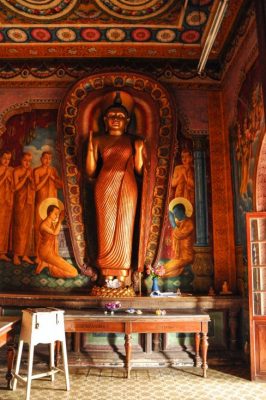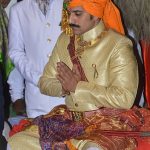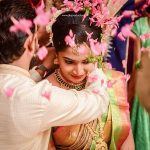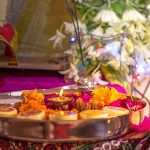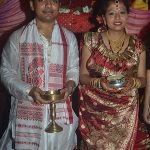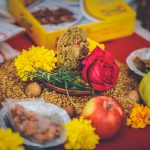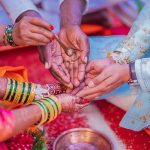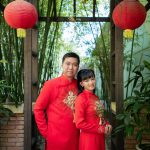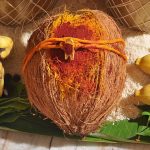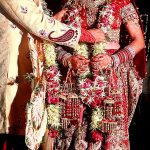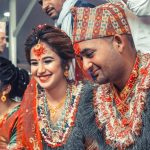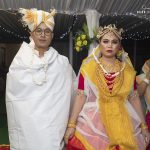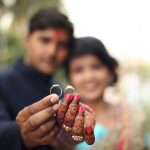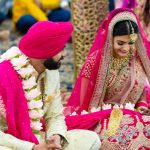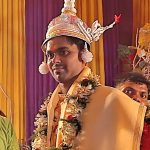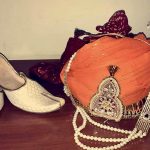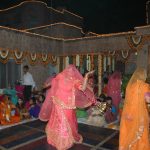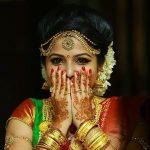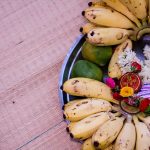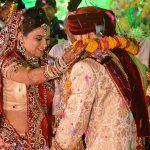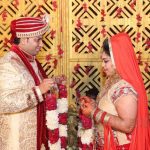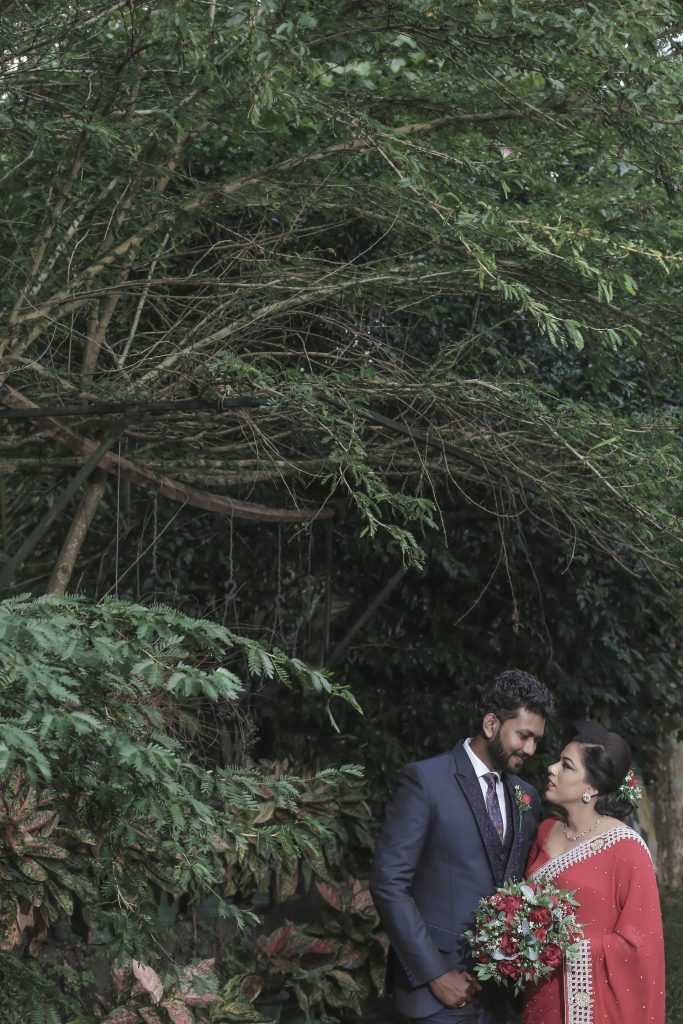
Buddhism originates from the 5th century BCE in the northern part of the Indian subcontinent. Based on the teachings credited to the Buddha, the religion spread throughout Asia via the Silk Road. The Buddhist ceremonies invoke peace and calm with prayers. Read this article and find out what happens in a Buddhist wedding ceremony.
Buddhist Wedding Traditions
Buddhist marriage traditions combine traditional Buddhist and local customs. Marriage is a personal choice and not a religious affair. The weddings express the couples devotion to wisdom and compassion in marriage.
Vietnamese Buddhist Wedding Ceremony
Vietnamese couples hold their Buddhist wedding ceremonies or Hang Thuan at a pagoda or monastery. The ceremony happens in the presence of the Three Jewels, friends, and family; the Abbot monk presides over the wedding ceremony.
The steps of the wedding ceremony include:
- Greeting and ushering of the guests and monks
- Reason for the ceremony
- Introduction of the participants
- Speech from both families
- The bride and groom make their Buddhist wedding vows.
- The couple makes kowtow or shows respect to their parents.
- The bride and groom make kowtow demonstrating their respect for marriage equality with their partner.
- The couple signs the certificate.
- The bride and groom exchange wedding rings.
- The Abbot preaches about the significance of marriage and offers advice on how to live in peace with each other.
- The praying for peace ritual happens.
- Thanksgiving and tea break occurs
Sri Lankan Buddhist Wedding Traditions
Sri Lankan weddings are filled with pomp and ceremony; these wedding traditions and customs have been passed down from one generation to the next.
Nekath: Sri Lankan weddings need the Nekath or auspicious time and auspicious date. The astrologer consults the horoscopes of the couple.
Poruwa: The traditional Sinhalese Buddhist wedding ceremony or poruwa siritha involves several rituals completed by the couple and their families. The poruwa or the decorated wooden platform represents the couple’s new house and symbolises their marriage and their new life.
At the auspicious time, the groom and his family assemble at the poruwa’s right side and the bride and her family assemble at the poruwa’s left side. Wearing the Buddhist wedding dress traditional, the couple climbs onto the platform with their right foot and greets each other with folded hands. The shilpadhipathi (officiant) gives the couple betel leaves and the couple returns it to the officiant after accepting. Next, the couple receives a tray with seven separate sheaves of betel leaves and a coin on top of each sheaf for luck. They take turns picking up the leaves and dropping them onto the platform. The groom places a gold necklace around the bride’s neck.

Jayamangala Gatha: Six girls bless the marriage with Jayamangala Gatha or a traditional Buddhist chant.
Pirith Nool: The bride’s maternal uncle uses pirith nool or gold thread to tie the couple’s fingers and pours pirith pan (holy water) over the couple’s fingers.
Gifting of White Cloth: The groom presents a 32 riyan (about 16m) white cloth to the bride, and she gives the cloth to her mother.
Kiribath: The bride’s mother feeds the couple Kiribath (milk rice) and the groom’s mother gives them a sip of milk. The newly wedded couple steps down again with their right foot and the groom’s family member breaks a coconut to bless the marriage. The couple lights a traditional oil lamp.
Japanese Buddhist Wedding
Japanese Buddhist ceremonies don’t include many religious conventions; the ceremonies are secular and not religious. The secular customs involve traditional Buddhist wedding vows, blessings, chants, and cultural rituals.
Zen Buddhist Wedding Ceremony: A zen Buddhist wedding ceremony involves Buddhist sutras, a formal Buddhist wedding vow exchange, and Buddhist priests. The wedding ceremony involves:
- Parajinaparamita or chanting of the Heart Stutra
- The couple’s vows lead by an officiant or priest
- Exchange of vows and Buddhist wedding rings
- Sake-sharing ritual or san san kudo
- Recitation of a special vow written in Japanese and English and signed by the couple
- Proclamation of the marriage
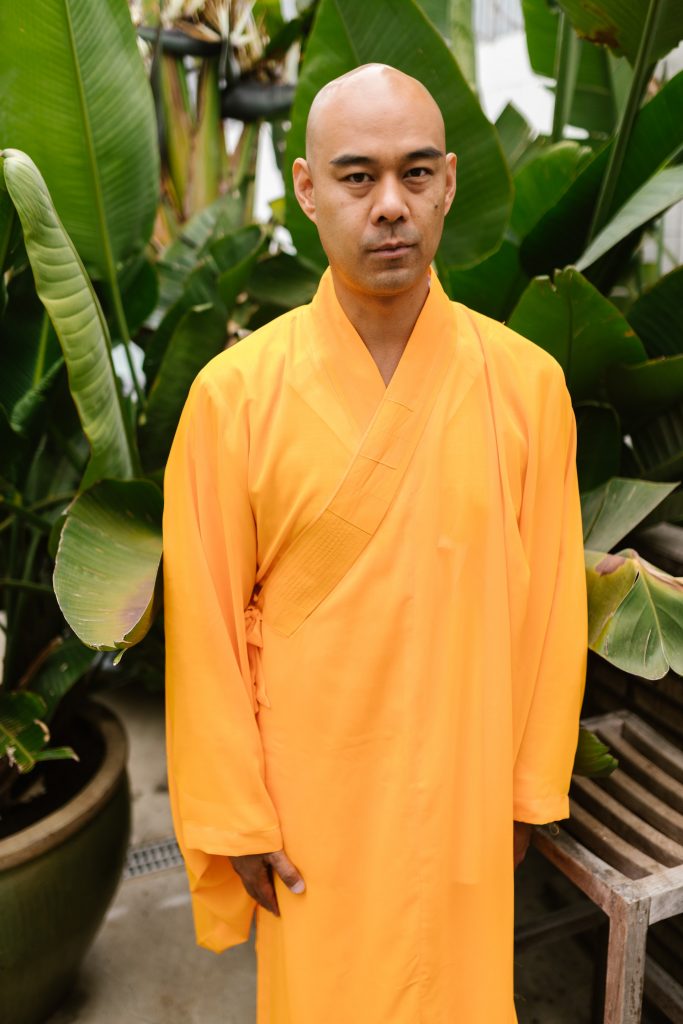
Tibetan Buddhist Wedding
A Buddhist priest helps the groom in matching horoscopes and marriage compatibility. The groom and his family consult the lama to pick a day to propose marriage to the bride. The groom’s family goes to the bride’s house with gifts; the bride’s family takes the gifts after accepting the proposal.
Families celebrate the upcoming wedding with Chessian, a traditional betrothal ceremony. The bride’s maternal uncle sits on a platform; the lama leads Buddhist wedding prayers and shares Madyan, a traditional religious drink, with the guests. The families consult the lama to pick an auspicious date for the Buddhist wedding ceremony. The families sign the betrothal contracts.
The groom and his family arrive at the temple or bride’s home to prepare a marital shrine to honour Lord Buddha. The groom brings the bride’s dowry; six or nine trays with incense, tea, fruit, cake, jewellery, and meat make up the dowry. One tray holds two candles to symbolise the union of the two families.
The ceremony begins with lighted candles and incense placed in front of the Buddha shrine, and flower offerings. A traditional ceremony begins with Vandana, Pancasila, and Tisarana hymns.
The couple recites the Tibetan Buddhist wedding vows as written in the Sigilovdda Sutta. The ceremony ends with a recitation of a Tibetan Buddhist wedding blessing for the newlyweds. Guests hear Magnal Sutta and the Jayamangala Gatha, the most common blessings.
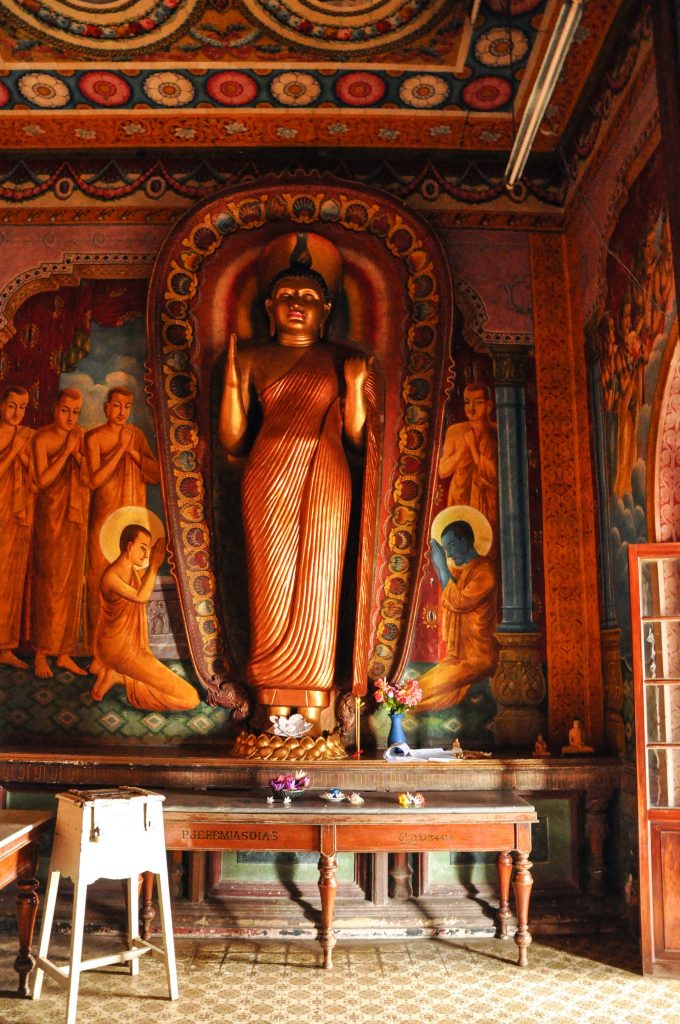
Buddhist Wedding in Thailand
A Thai Buddhist wedding begins with an offering being made to Buddhist monks early in the morning. Next, the couple heads to a Thai Buddhist temple. The priest offers a Buddhist wedding blessing and recites Buddhist chants. The priest blesses the couple with water, ties a symbolical string around the couple’s wrists, and places three traditional dots on the couple’s foreheads.
Traditionally, after the temple blessing, the bride’s family visits families and friends at their home and hosts a welcome party for the groom and his family. This concludes the Buddhist wedding rituals.
Indian Buddhist Wedding
Matchmaking: The first step for a Buddhist marriage includes the matchmaking process where the parents look for a suitable life partner for their child. In modern days, a woman or man chooses their life partners. The groom’s family sends a proposal usually. The wedding preparations begin after the horoscopes are matched.
Khachang: A friend of the groom’s family heads to the bride’s family. They carry a bottle of wine and the Khada or an honorary white scarf. The bride’s family accepts the gifts if they accept the match. The two families meet each other formally. They match Kikas or horoscopes, set up a date for the engagement, and pick the colour of the couple’s Buddhist wedding dress. At Asian weddings, the couple wears brightly coloured Buddhist wedding dresses.
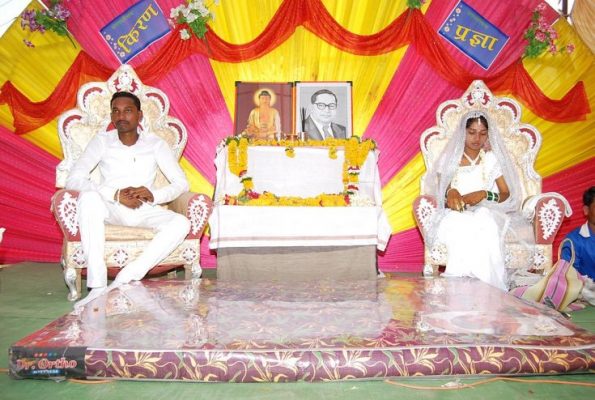
Nangchang: A monk or Rinpoche presides over the formal engagement ceremony or Nangchang. The Rinpoche recites prayers wishing a happy married life together to the couple. Guests drink a religious drink or Madyan to the couple’s health. The Kikas decide the auspicious date for the marriage and the day the bride leaves her childhood house.
Wedding: Both families visit the Buddhist temple; the couple wears a traditional Buddhist wedding dress. The Buddha shrine is decorated with candles, flowers, and incense sticks, traditional Buddhist wedding symbols. The groom’s family brings various food items like meat, tea, wine, fruit, and traditional cakes on trays. Trays have to be six or nine which are auspicious numbers in Buddhist culture. You will find candles on one tray.
The couple and their families gather in front of the shrine and recite hymns like the Vandana, Tisarana and Pancasila. They offer flowers, candles and incense sticks. The couple recites the traditional Buddhist wedding ceremony vows from the Sigilovdda Sutta.
The priest places the sacred thread on the couple’s heads and applies a sacred red paste on the couple’s forehead. The guests recite verses from Jayamangala Gatha and Mangal Sutta and offer Buddhist wedding wishes to the newlyweds. This concludes a modern Buddhist wedding ceremony.
Buddhist Wedding Card
A Buddhist wedding card contains local influence. Buddhist communities in different countries place different motifs on their wedding cards. The couple may include Buddhist wedding quotes. Look more closely at Buddhist wedding invitations if you receive one.
Buddhist Wedding Decorations
The Buddhist temple gets decorated simply as these weddings take place in a Buddhist temple.
Buddhist Wedding Ring
Most western weddings include wedding rings; sometimes, Buddhist couples give each other a Buddhist wedding band along with engagement rings. Even without Buddhist wedding bands, Buddhist weddings involve plenty of rituals.
Traditional Buddhist Wedding Clothing
The Buddhist couple adorns Buddhist wedding clothes based on local traditions. You see bright and vibrant Buddhist wedding attire in Asian countries.
Modern Buddhist Wedding Ceremony
Buddhist wedding rituals have evolved over many years and couples incorporate local traditions into their wedding ceremonies.
Buddhist Wedding Gifts
Traditional Buddhist wedding gifts differ in every Buddhist community. Some places expect gifts and some expect money in envelopes. Be sure to check with the couple on what gift is appropriate.
Buddhist Wedding Readings
The Buddhist wedding ceremony readings include Vandana, Pancasila, Tisarana, Jayamangala Gatha, and Mangal Sutta.
Buddhist Vows Wedding
Wedding vows may differ depending on the country; the vows are similar. You can find several Buddhist wedding vows examples.
Buddhist Wedding Cake
Guests enjoy a delicious feast of local cuisine at wedding receptions and enjoy Buddhist wedding traditions; customs regarding cakes exist in western ceremonies. A Buddhist wedding toast differs from wedding toasts in the west.
Buddhist Wedding Facts
Buddhist weddings are known for their simplicity. You can choose from several Buddhist wedding ideas for your Buddhist wedding ceremony UK. Take inspiration from Buddhist wedding images and plan away.




